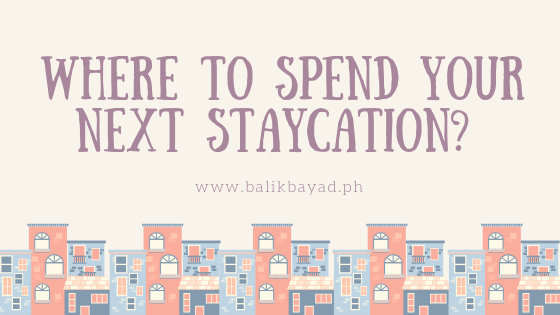It’s not easy to start your own business, especially if you don’t have much experience and business background. In fact, this could be the reason why many are not ready and willing to take the risks.
The good news is you don’t have to take a business course to be able to start your entrepreneurial dream. Stick around and read this post since you could use this as your guide on what to do and how to start your small business.
Step 1: It all starts with an idea.
Every business starts with that lightbulb moment or an inspiration. But if you truly want to succeed in this path, then you need to do either offer something new in the market or innovate a product or service already in the market.
There are tons of small businesses in the market today. Find something that is unique and will make you stand out from the rest.
Once you found your business idea, validate it. Check if the market truly needs it and is willing to pay for the price you offered. This way, you can see if your idea is worth risking or not.
Step 2: Choose a business name.
Choosing a business name is crucial and one of the difficult tasks you need to do as a business owner. The name represents your brand. It’s what people will refer to in case they want to go and try your product or service.
Make sure your chosen name is short, catchy, and easy to remember. Recall is very important in the success of your business.
Once you established your business name, make sure you register it with the DTI if you are a sole proprietor. This way, you have the first dibs on the name.
Step 3: Plan and establish your finances.
It’s not enough that you have a brilliant business idea or a catchy name. Unfortunately, you need capital to make that idea happen.
Now that you identified your business, it’s time to start planning on how and where to get the funds to put it up. Your savings may be a good source, but make sure you won’t consume all in case you’ll be needing some during emergencies.
Borrowing from family could also be a good idea. Pitch your business idea as a form of “investment” where they will earn. Borrowing from lenders like Balikbayad is also a good way to finance your business. Balikbayad offers loan facility for OFWs like you to help you jumpstart your entrepreneurial success.
You also have to make a list of your expenses. This includes but not limited to:
- Permits and license
- Initial inventory
- Market research
- Research and development
- Rent
- Taxes
Keep in mind that your business may not earn during the first two or three years. Having a back-up savings – probably in the form of Emergency Fund – could help you get through until you are able to see the fruits of your hard work.
Step 4: Apply for licenses and permits.
This is a MUST. In fact, one must never operate a business without the necessary permits and licenses. This will prevent you from facing legal obstacles later on.
That being said, what are the permits and licenses you should apply for:
- DTI business registration
- Barangay clearance
- Mayor’s permit or business permit
- Registration with the BIR for the business’ Tax Identification Number
- Other special permits needed based on the nature of your business such as FDA approval, NMIS, or BSP
Step 5: Maximize social media.
This is the easiest, cheapest, and most effective way to advertise your business. Create a Facebook page or sign up on Instagram, and ask friends and family to like and share.
Do you have to be on all social media platforms available? Not necessarily. You need to know where your target market is and focus on that platform. Sticking to one or two platforms is recommended and will make your business more manageable, too.
Following these steps won’t immediately guarantee success. Keep in mind that running a business is not a walk in the park. You will have bumps and challenges along the way, but you can surely weather them all. Good luck!





